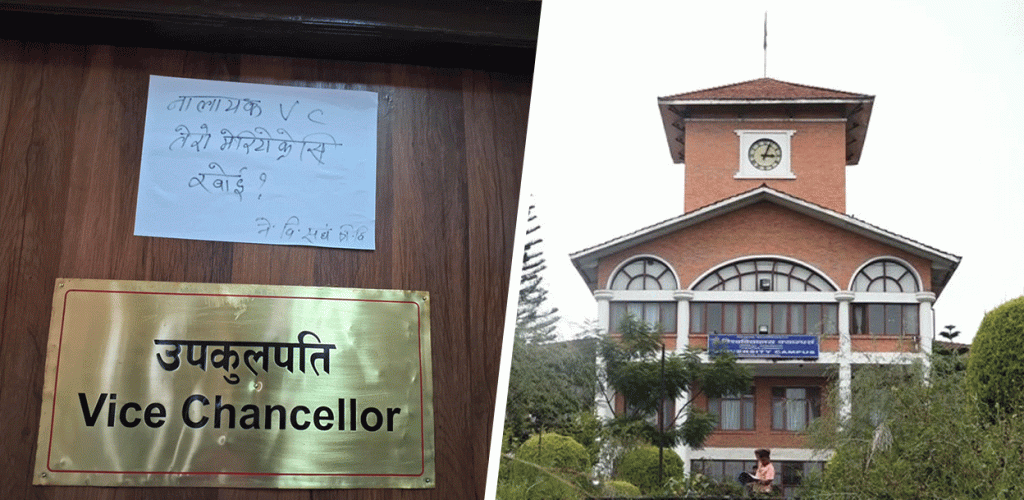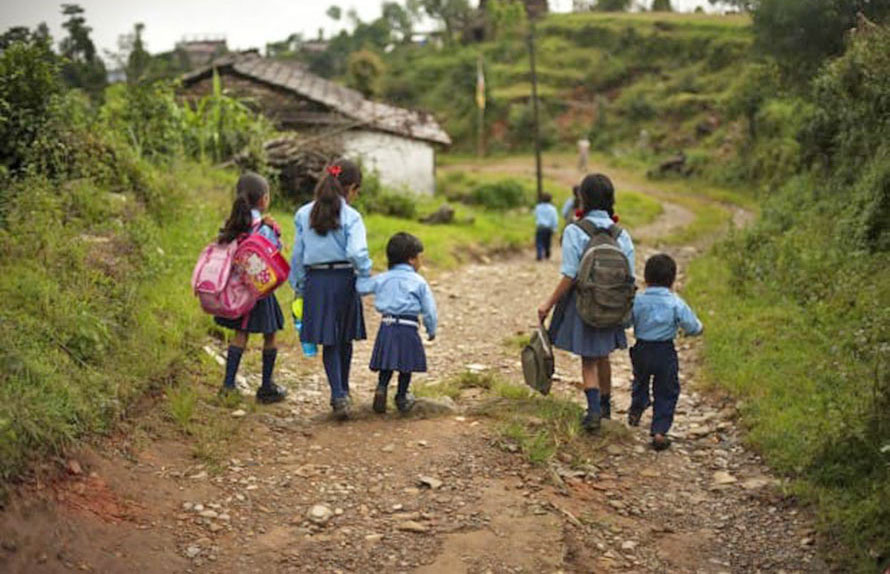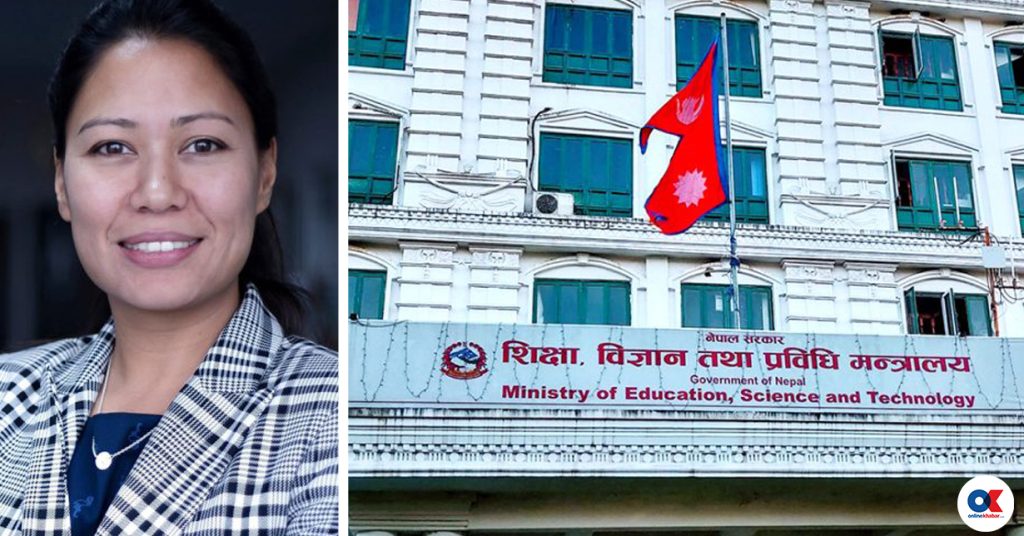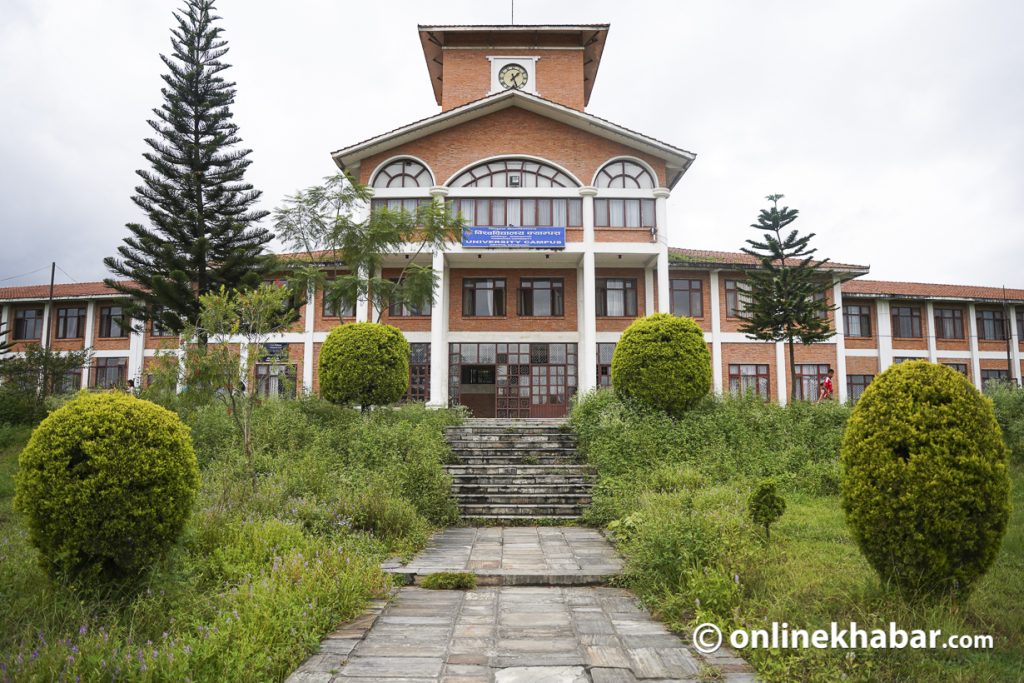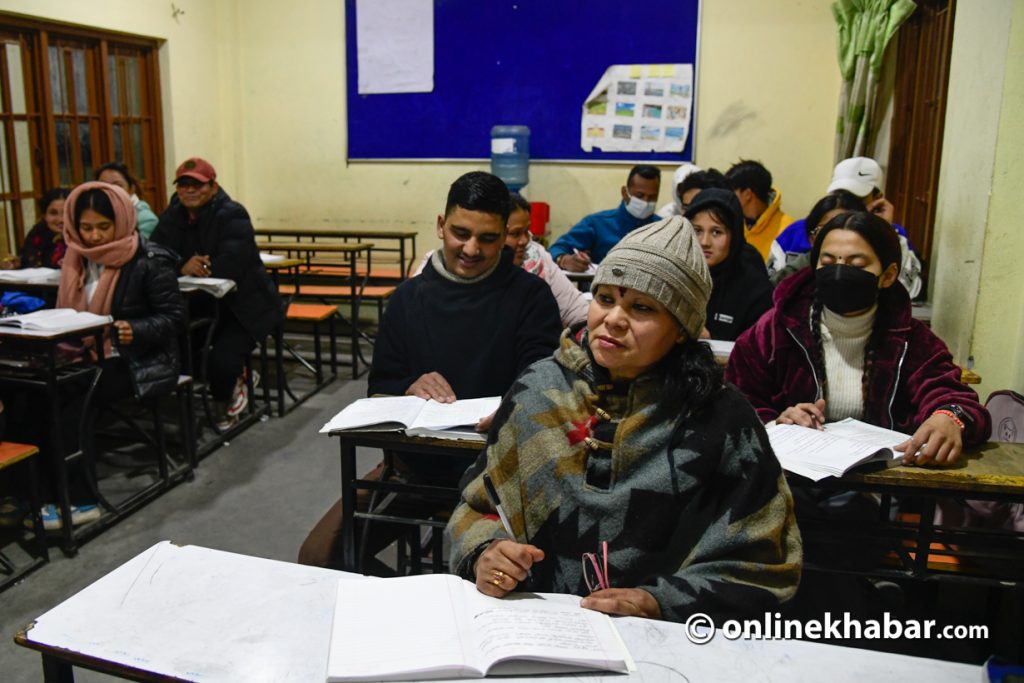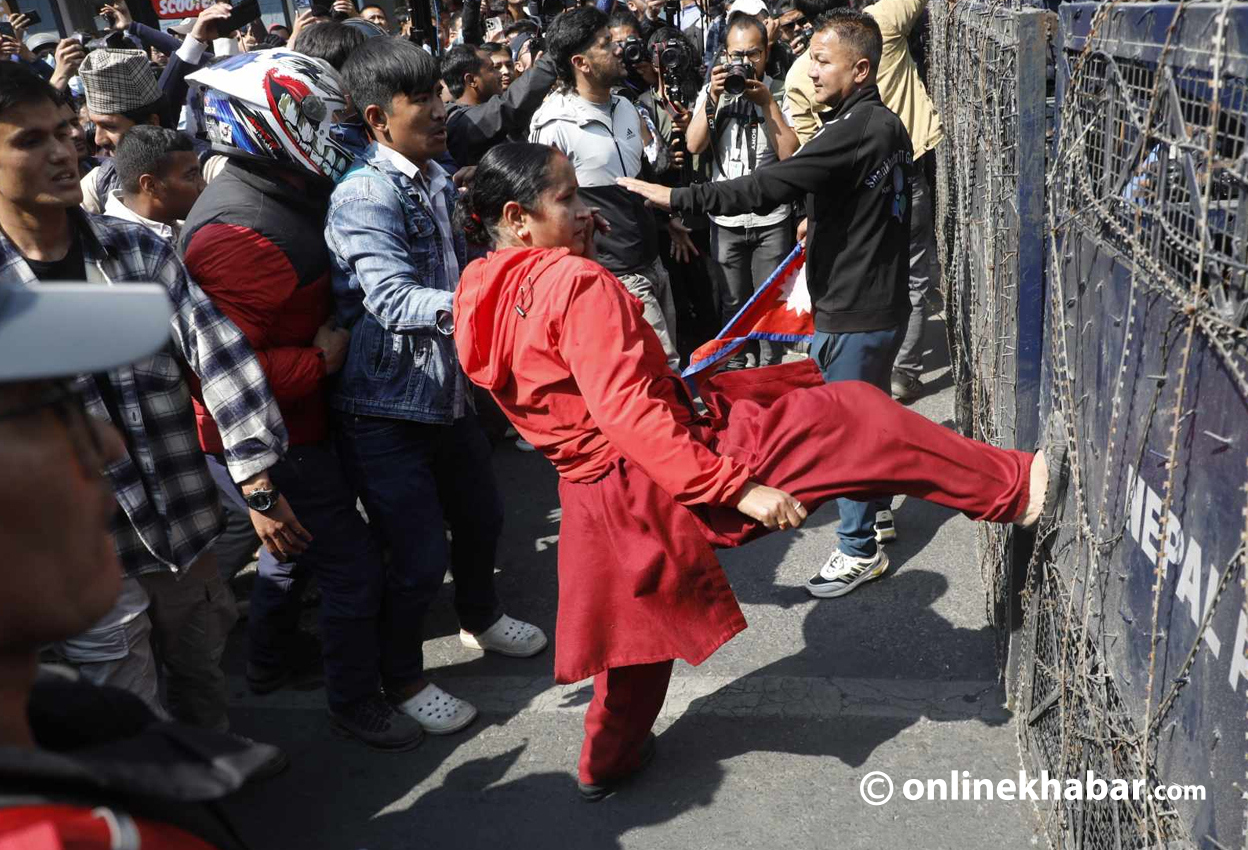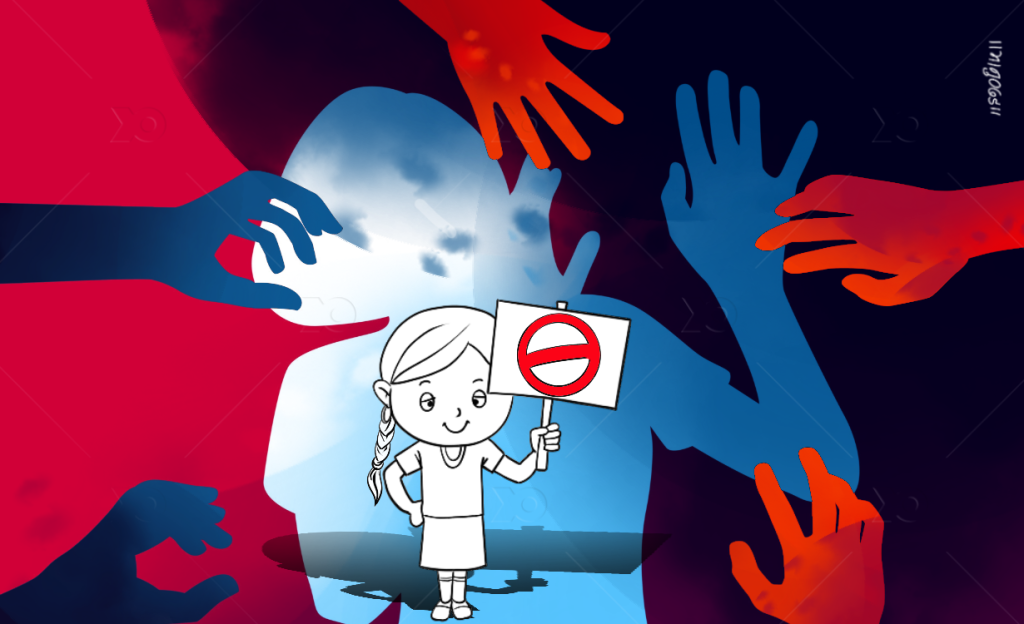
Women’s discrimination refers to the unjust treatment, exclusion, or disadvantage faced by women and girls based on their gender. It involves treating women less favourably than men in various aspects of life, including employment, education, social and economic opportunities, and everyday interactions.
Leaders say that the country has made significant progress in empowering women. Many women have achieved top positions in the past, such as Bidhya Devi Bhandari, the second President of Nepal, and Sushila Karki, the former Chief Justice of the Supreme Court of Nepal and the only woman to have held the post. Women also hold ministerial positions in Nepal, with many belonging to affluent and educated families.
However, many Nepali women, particularly those from rural areas, remain unpaid members and are often excluded from making important decisions in the family. Nevertheless, there is discrimination according the gender in sectors such as education, health services, and job payment. Then, women are prone to sexual violence as well.
Gender discrimination even before being born
All living beings are born into the world, but the discrimination faced by females at birth is not just a problem in the hilly regions of Nepal; it is a significant issue in the Madhesh region of Nepal.
When a family welcomes their first baby girl, they try to express joy. However, if a woman gives birth to a second or third female child, family members may harbour negative feelings towards the mother. Discrimination against the girl child and the mother becomes evident.
In many cases, family members express disappointment when informed that the upcoming baby is a girl. Unfortunately, this discrimination can even lead to harmful practices, such as gender-based prenatal sex determination, where families may consider avoiding or terminating the pregnancy if the unborn child is identified as a girl.
This has resulted in a higher incidence of prenatal deaths for baby girls. There are 1,290,525 male children and 1,148,758 female children aged 0–4 in the country. The female population is 1,41,767 less than the male population.
Negligence in the opportunity for education and healthcare
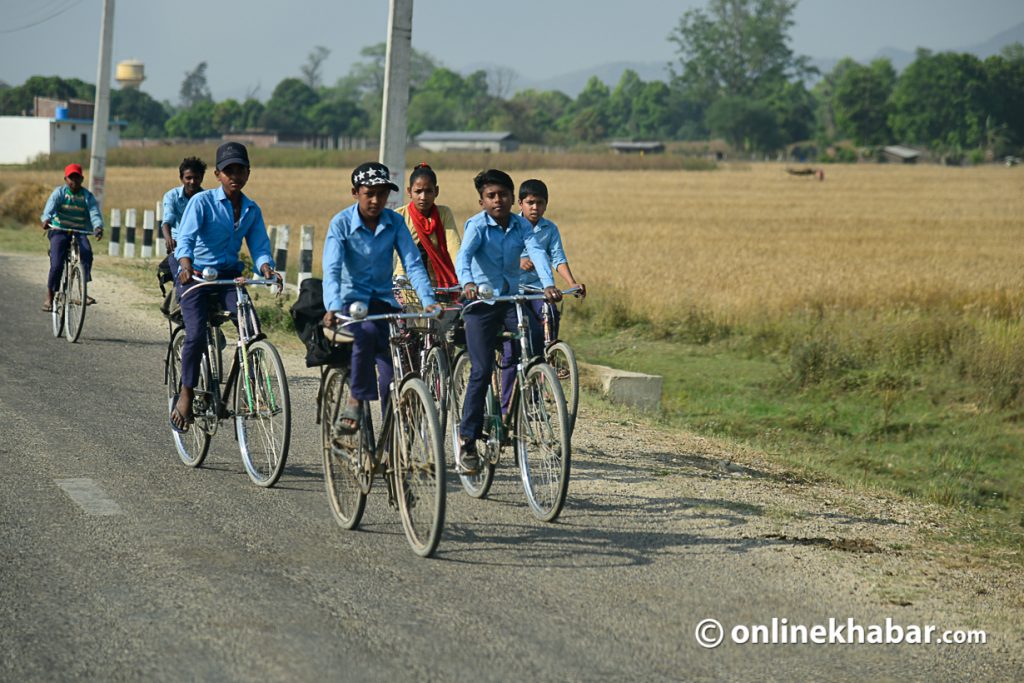
Education is an equal opportunity for both males and females, but girls often face significant discrimination in education. Many families do not treat their sons and daughters equally when it comes to educational opportunities.
While boys may have the chance to attend private schools, girls are often limited to government schools. In middle-class families, boys may have opportunities for higher-level education outside the village, but girls often do not receive the same opportunities.
In the Madhesh region, many girls are married off after completing their Secondary Education Examination School Certificate (SEE) or grade 12 education. Unfortunately, families below the poverty line often do not provide educational opportunities for girls.
According to the National Statistics Office, the literacy rate in Nepal is 76.2 per cent, with males at 83.6 per cent and females at 69.4 per cent. The female literacy rate is 14.2 per cent lower than the male literacy rate. The literacy rate in the Madhesh Province is lower than in the other six provinces. The literacy rate in Madhesh Province is 63.5 per cent, with males at 72.5 per cent and females at 54.7 per cent.
Moreover, healthcare discrimination is a serious issue that affects many Nepali women. They may have difficulty accessing quality health care due to several factors, including poverty, lack of education, and lack of access to transportation.
In addition, Nepali women are often more likely to experience discrimination and mistreatment when seeking medical treatment, which can further discourage them from seeking the care they need. According to the United Nations, globally, a woman dies every two minutes due to pregnancy or childbirth-related complications.
In 1996, Nepal’s maternal mortality rate was 539 per 100,000 live births and in 2016, it was 239 per 100,000 live births which shows the slow progress in maternal health in Nepal.
Violence against women
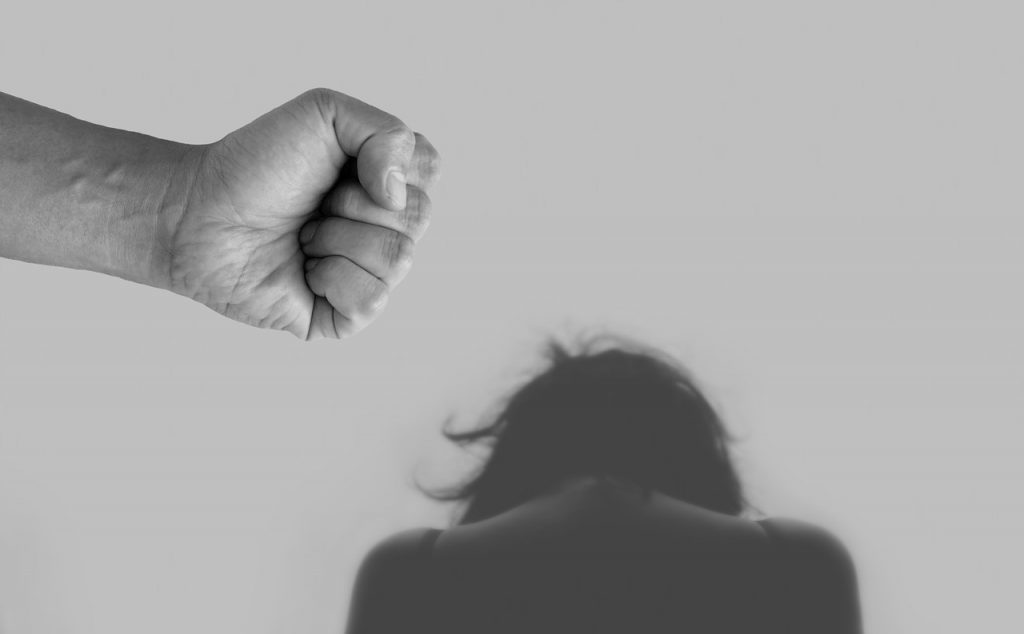
Violence against women is one of the major issues in Nepal. According to the Women Rehabilitation Centre, the total number of registered incidents is 1,175, including 179 cases of domestic violence, 179 cases of rape, 115 cases of sexual abuse, 25 cases of human trafficking, 69 cases of child marriage, 47 cases of dowry-related violence, 24 cases of witchcraft allegations, and 130 cases of polygamy.
The highest incidence of domestic violence is reported in Koshi Province with 358 cases, and the highest number of rape cases, 72, is also in Koshi Province, surpassing other forms of violence. Child marriage is more prevalent in Koshi Province with 28 cases. Meanwhile, sexual abuse, dowry-related violence, witchcraft allegations, and polygamy are also higher in Madhesh province with 54, 25, 10, and 47 cases respectively.
Anticipation of a better future for women
The 2015 Constitution mandates that at least one woman be included in the nation’s highest positions, including President or Vice-President, Speaker or Deputy Speaker, and Chair or Vice-Chair of the National Assembly.
At the municipality level, at least one of the mayor and deputy mayor positions must be filled by a woman. At the local level, women hold at least 40 per cent of all top political positions. In Nepal, there are 753 local governments. However, in the 2022 election, there were 25 Mayors/Chairs, 562 Deputy Mayors/Vice-Chairs, and 69 Ward Chairs.
Women holding these positions are a ray of hope for the women. However, Nepal is a patriarchal society and these women may face challenges in making significant decisions without consulting their husbands or male figures from their households.
Likewise, Nepali women face numerous restrictions on their freedom. This can include societal norms and expectations that limit their choices and opportunities, as well as legal barriers that discriminate against them.
These restrictions can make it difficult for women to participate fully in society and make their own decisions. The government and society need to address these issues and work towards equality and inclusion for women.
This can include implementing laws and policies to protect women’s rights, as well as changing cultural attitudes. However, the lack of women’s freedom should be addressed before completing their education. Many girls are forced into marriage due to this lack of freedom.
In such cases, parents make decisions about their future. Advocating for women’s rights and empowerment is crucial for a more equitable society. Overall, gender discrimination in Nepal is a widespread and persistent problem that affects women and girls across the country.




